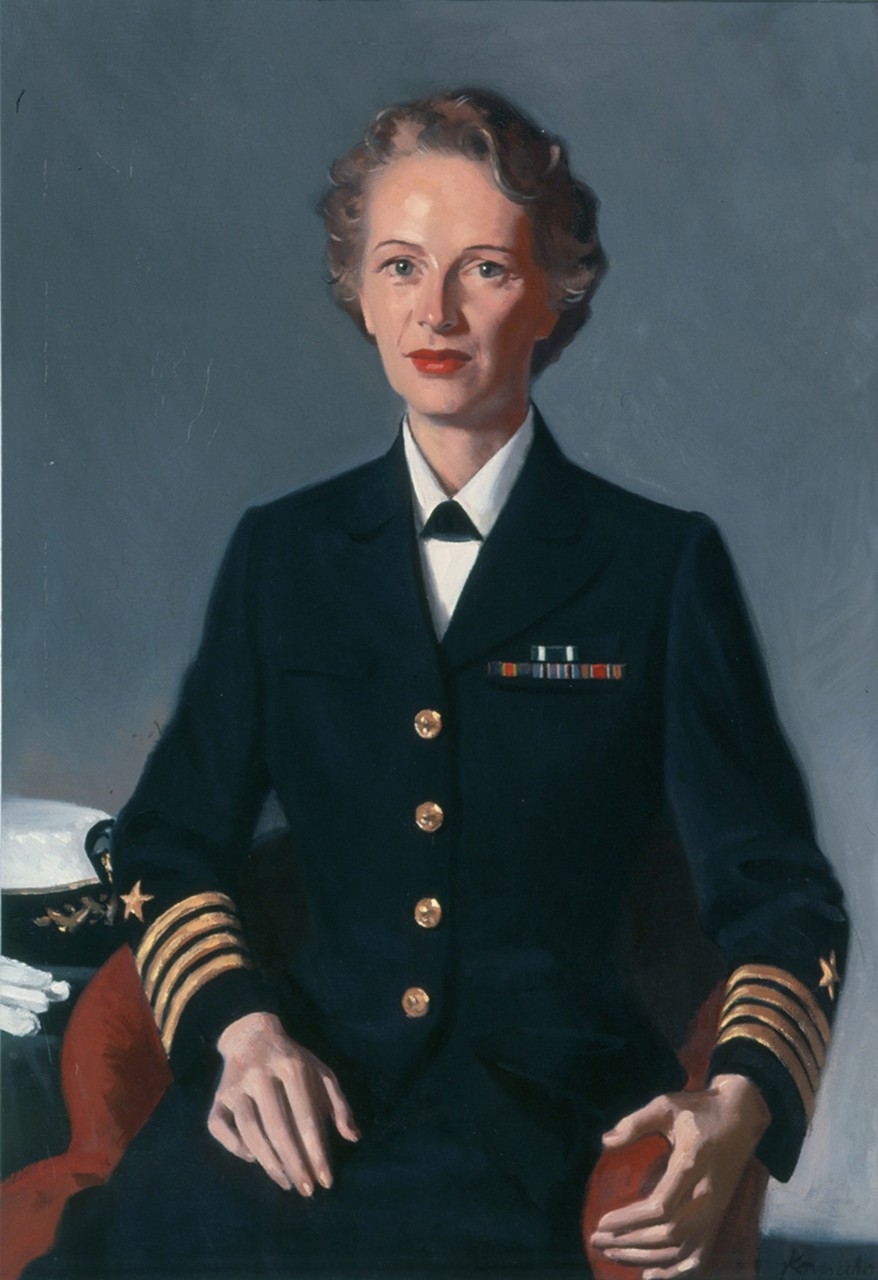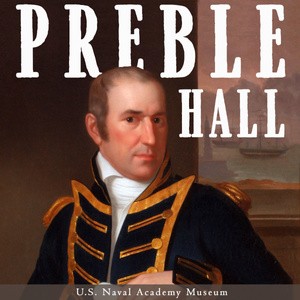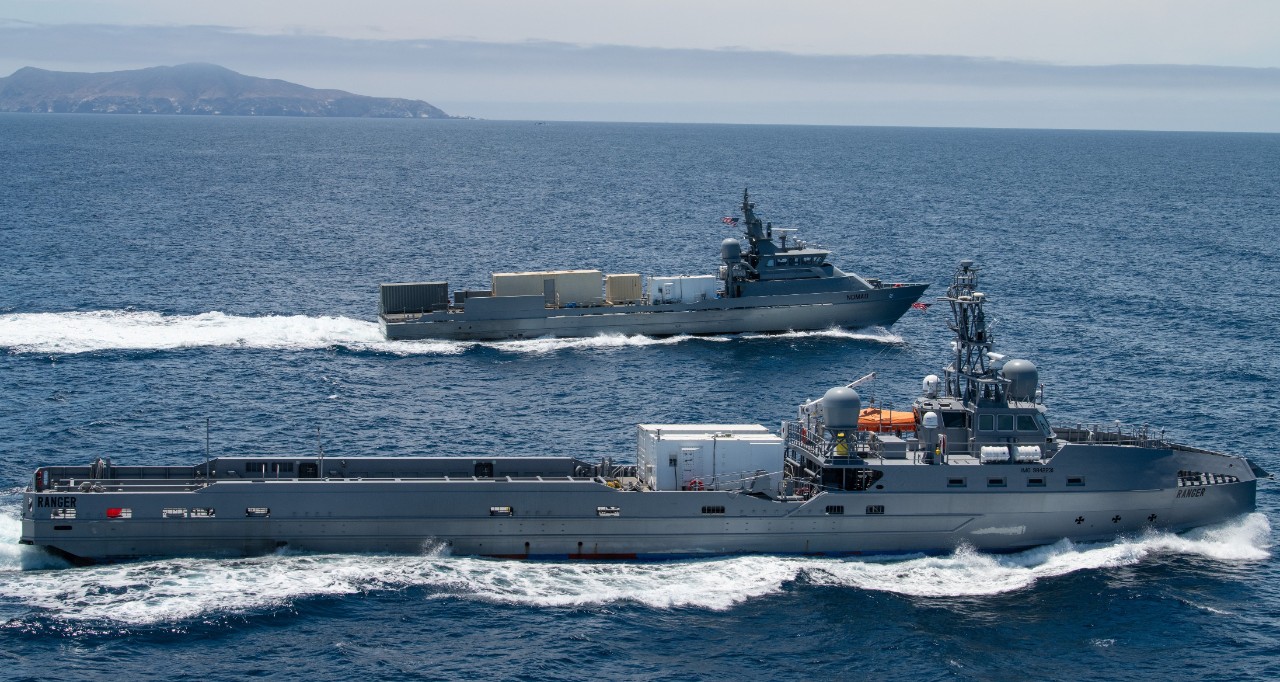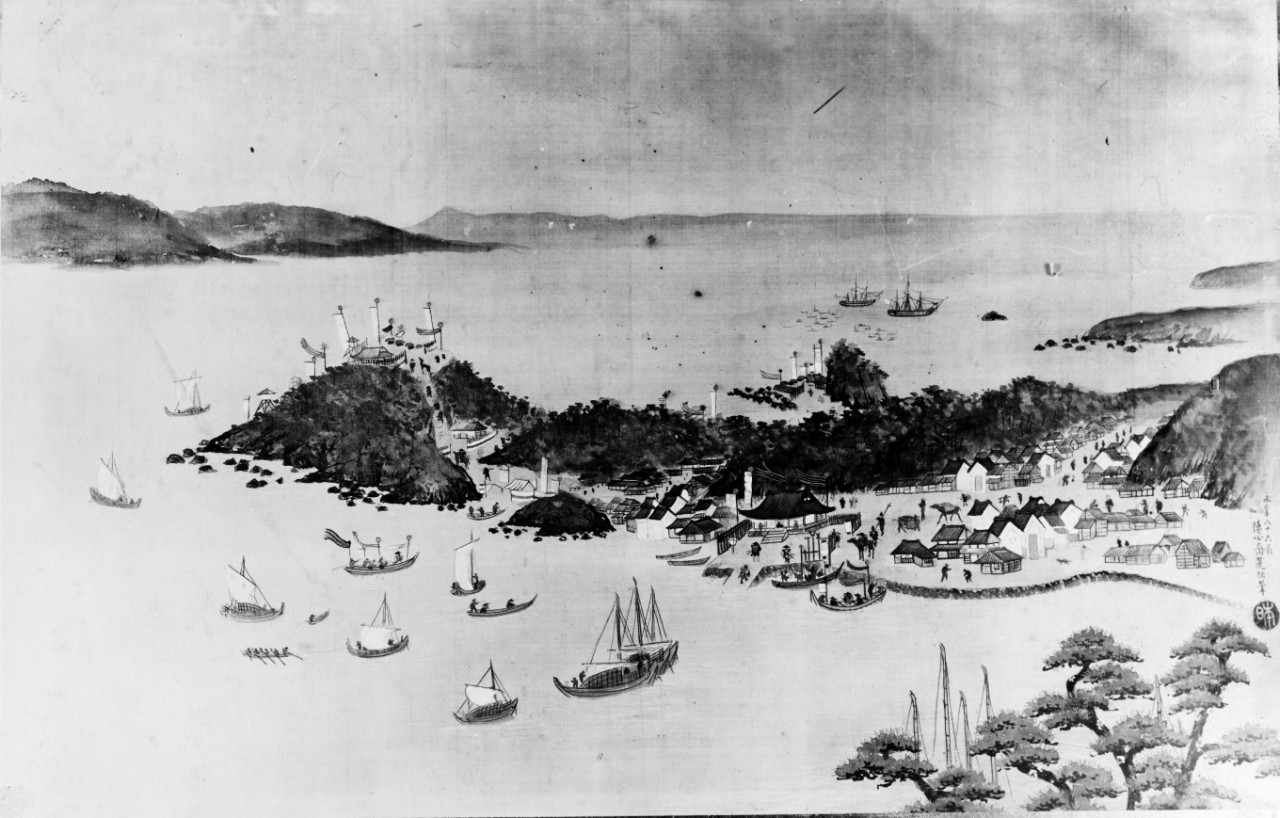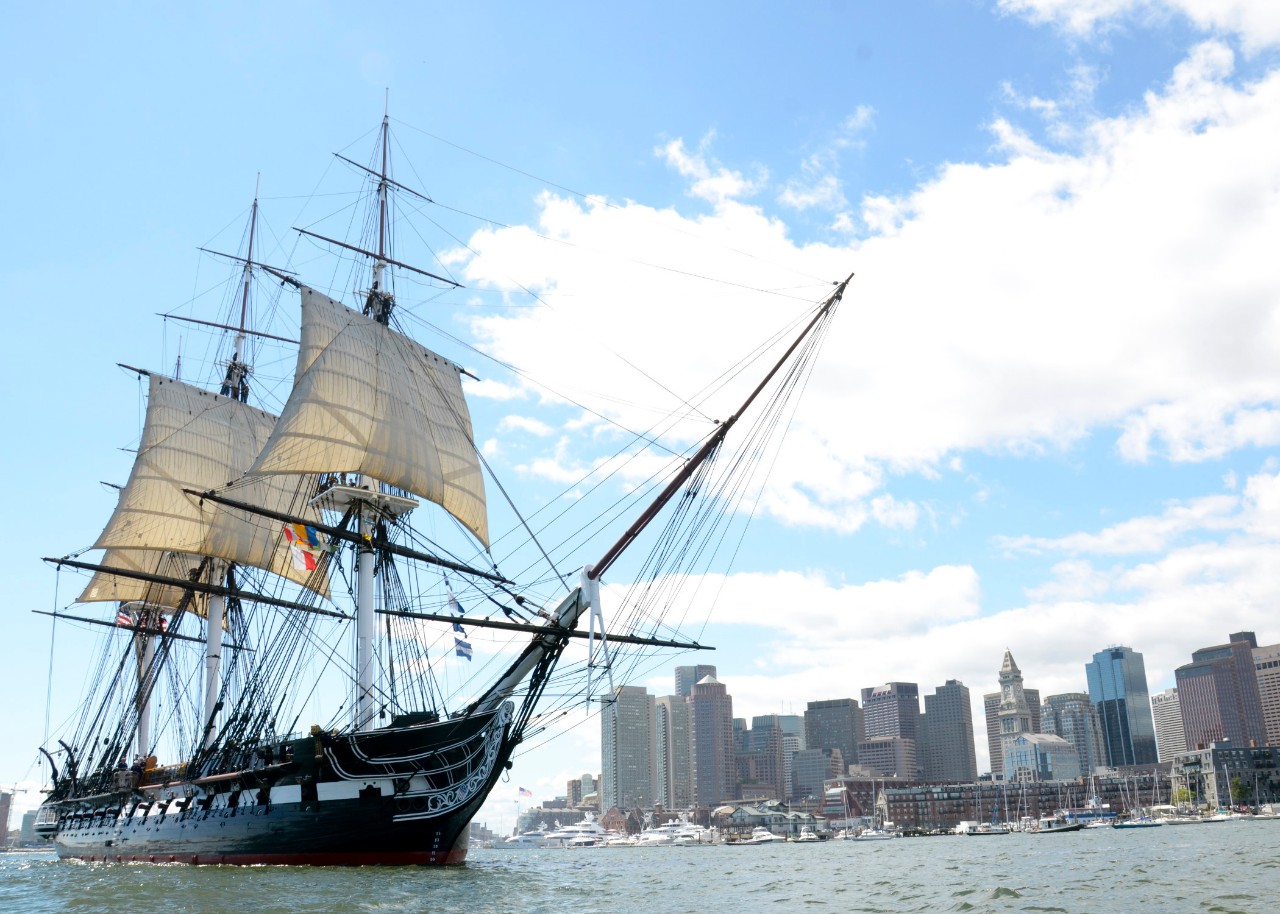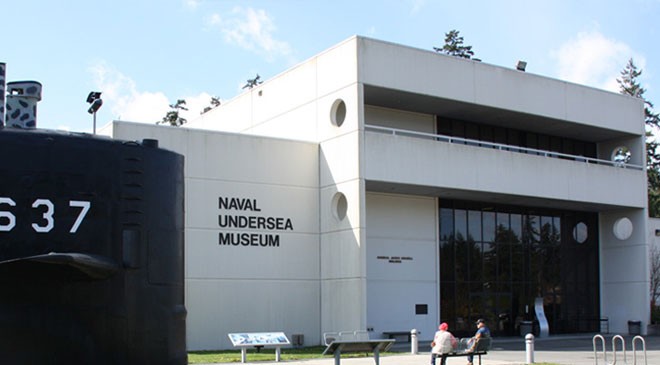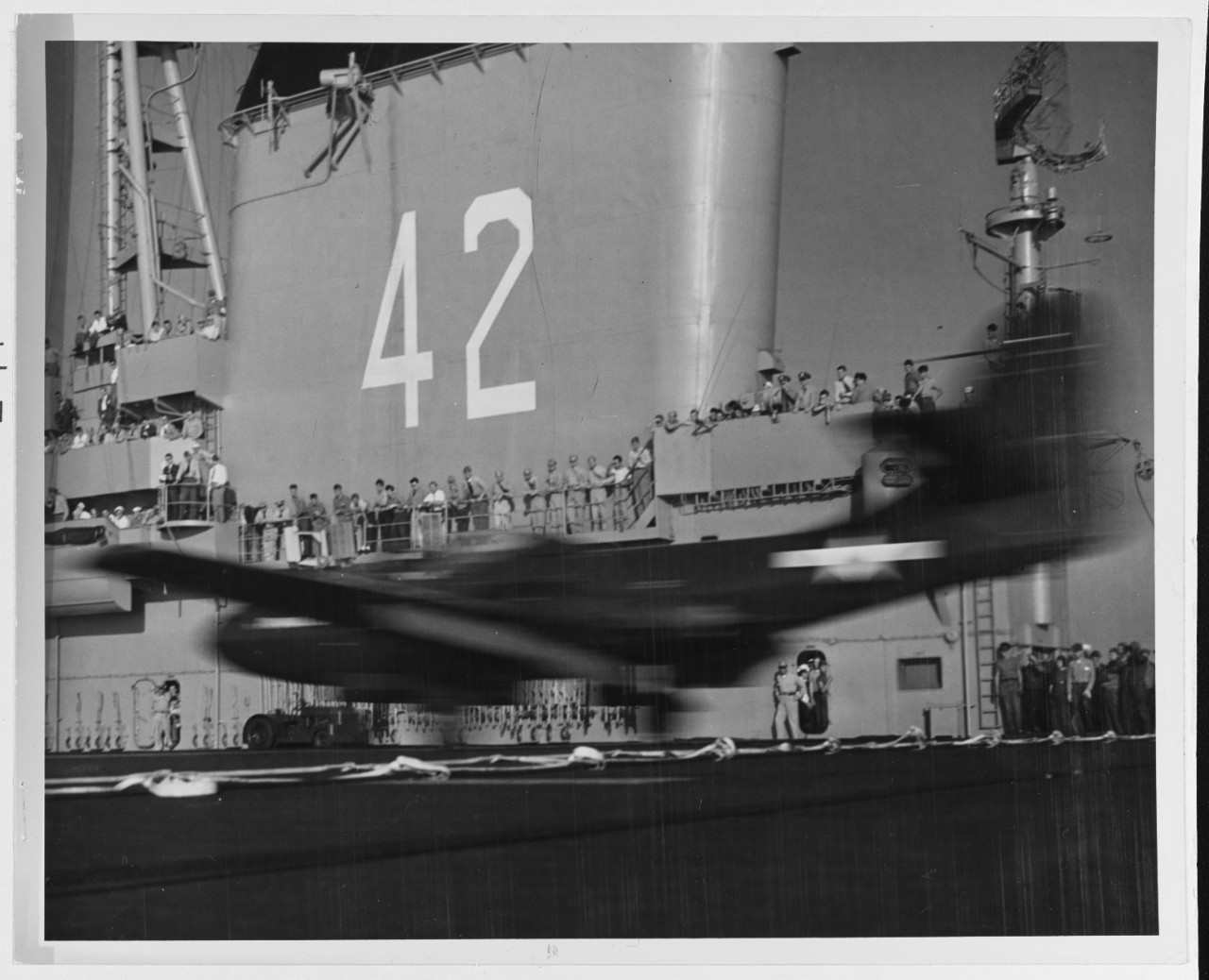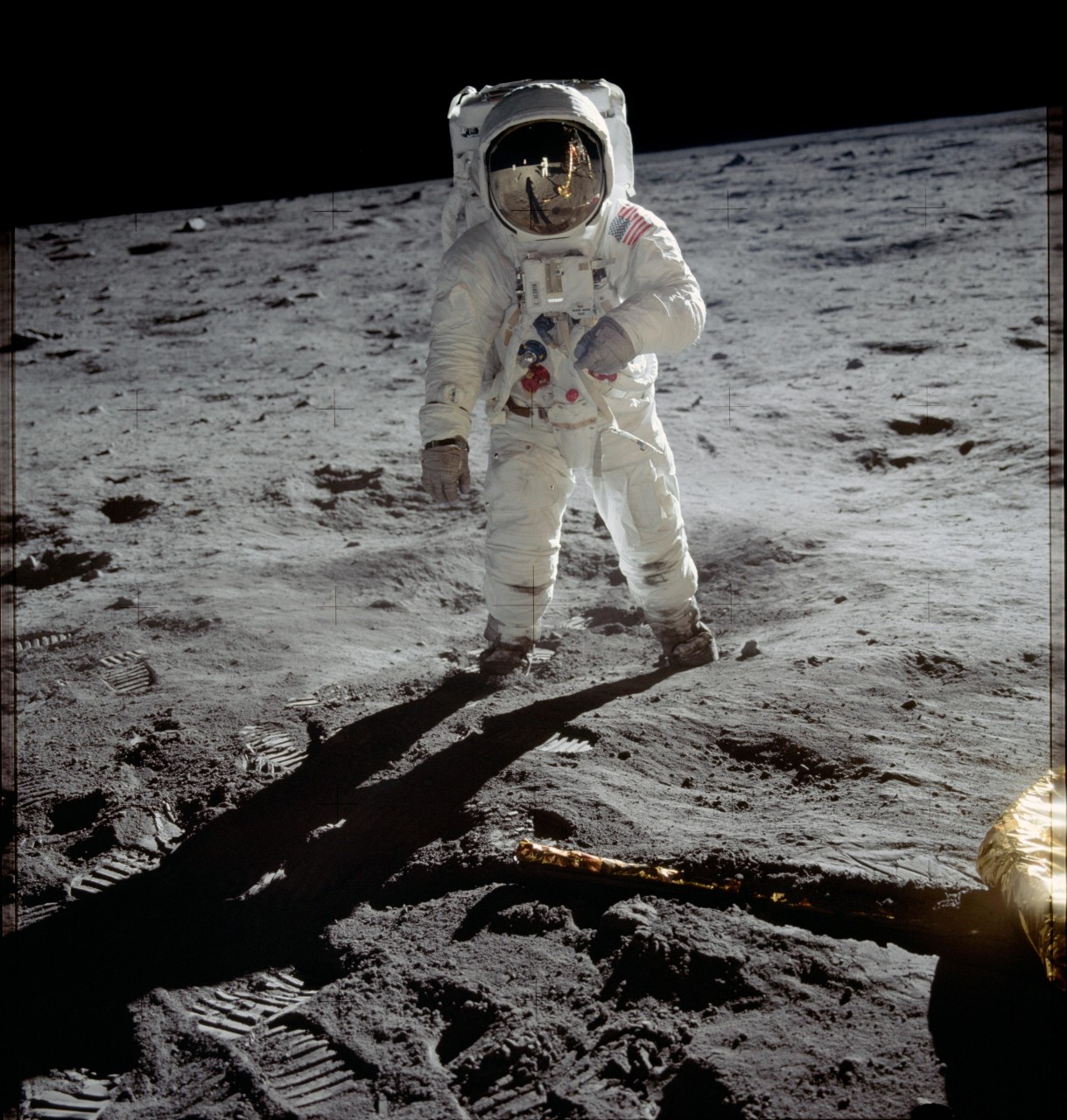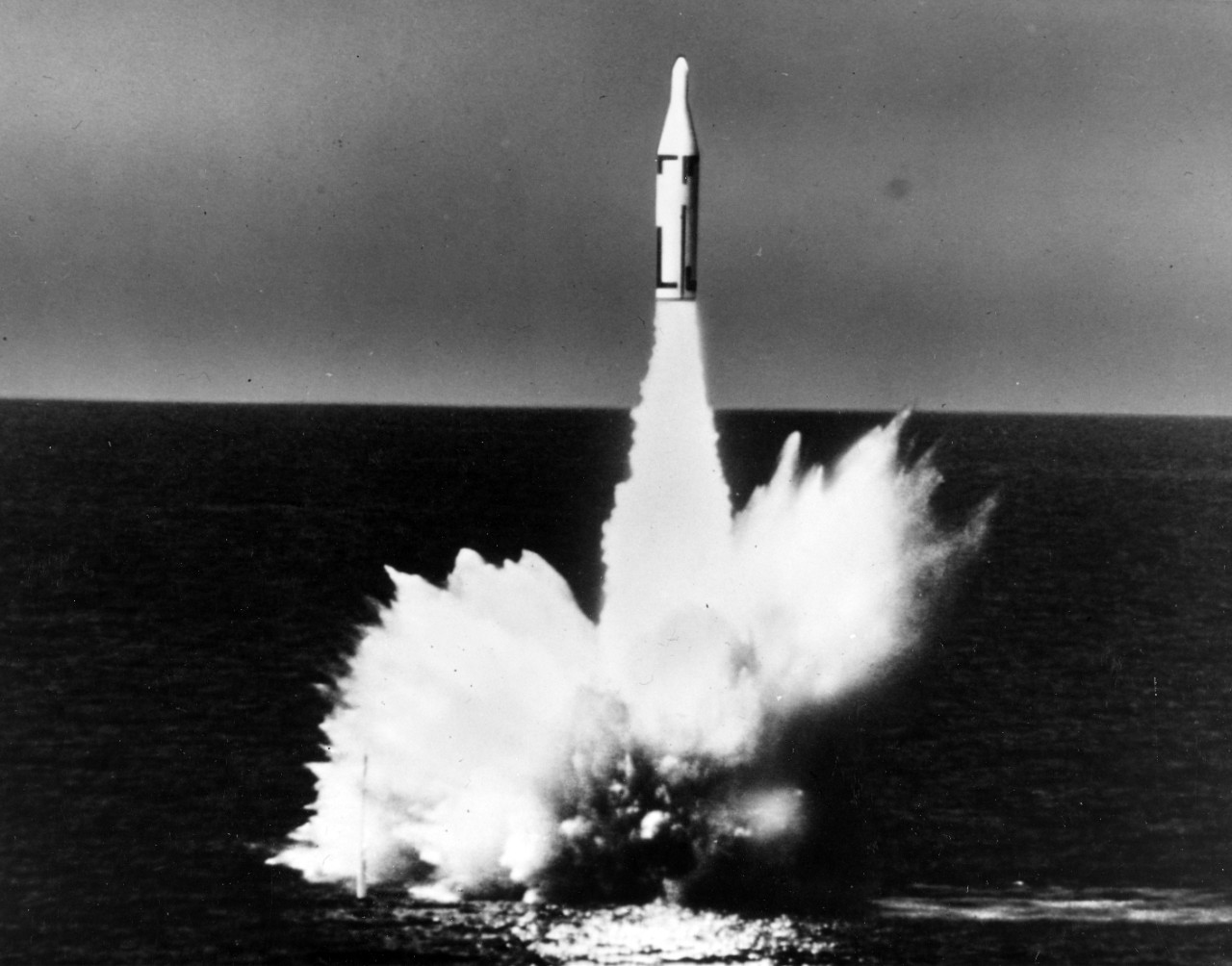Compiled by Brent Hunt and Wendy Arevalo, Naval History and Heritage Command’s Communication and Outreach Division.
Hancock Appointed Director of WAVES—75 Years Ago
On July 26, 1946, Joy Bright Hancock was promoted to captain and appointed director of the WAVES (Women Accepted for Volunteer Emergency Service). She led the WAVES into the early 1950s—a period of great change for women serving. Hancock was one of eight women to be sworn into the regular Navy following the Women’s Armed Service Integration Act of 1948. She received multiple commendations for her service to the Bureau of Naval Aeronautics and the Chief of Naval Operations (Air) during World War II, and for her assistance in expanding opportunities for females in the Navy. Hancock served as Director of the Women’s Reserve and then Assistant Chief of Personnel for Women. She was instrumental in preparing the Women’s Armed Services Integration Act for passage. Hancock retired from active duty in June 1953 and died on Aug. 20, 1986. She is buried in Arlington National Cemetery. For more on women in the U.S. Navy, go to NHHC’s website.
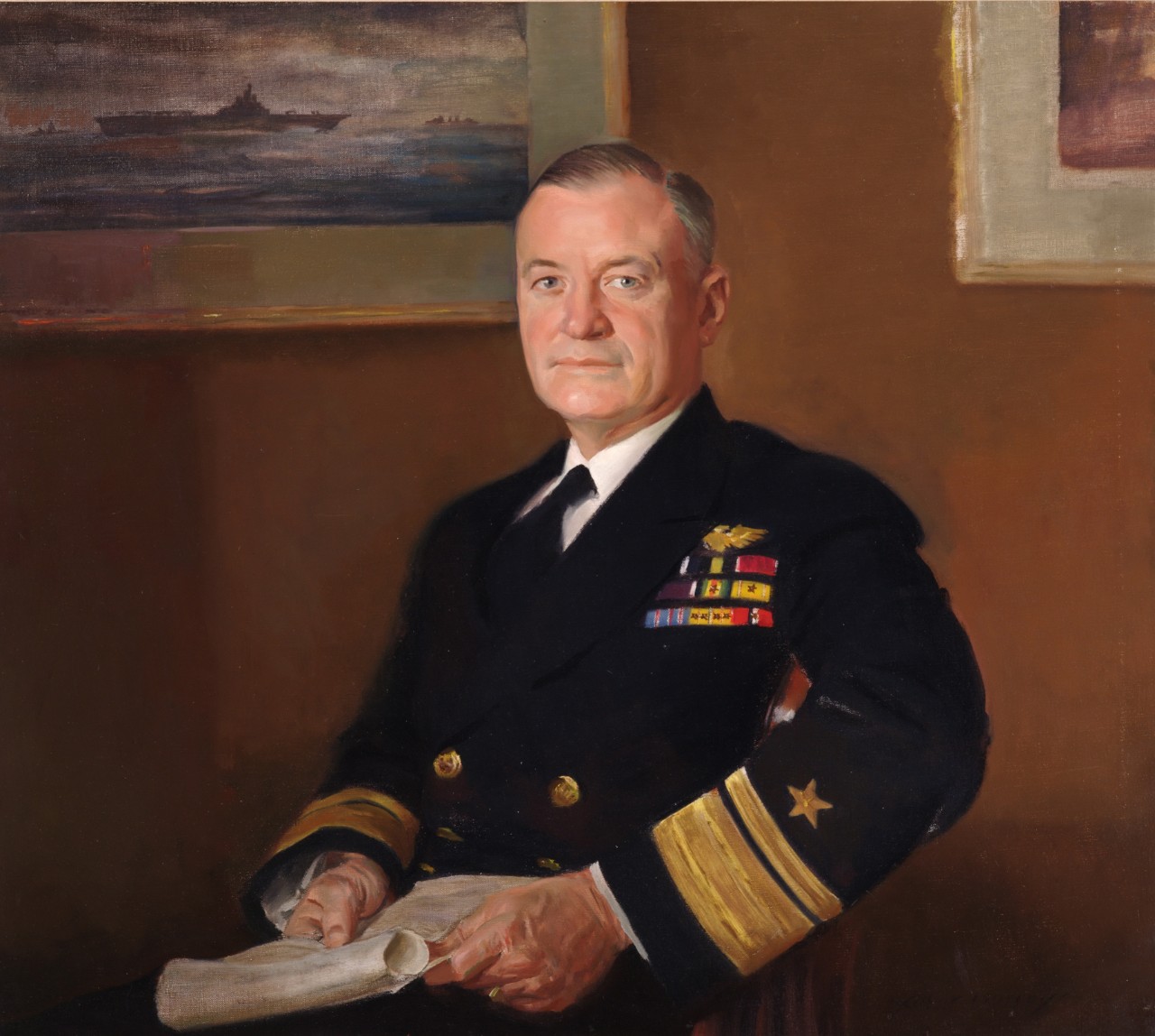
CNO Sherman Died—70 Years Ago
Adm. Forrest P. Sherman, the 12th Chief of Naval Operations, died from a heart attack while on a diplomatic trip on July 22, 1951, in Naples, Italy. As CNO, Sherman served at a critical period in American history with tensions running high in the escalating Cold War and the invasion of South Korea sparking the Korean War. Before he became the Navy’s top officer, he commanded USS Wasp, which was heavily damaged in a torpedo attack by a Japanese submarine during the Guadalcanal campaign. Sherman received the Navy Cross for extraordinary heroism for his actions while in command of the carrier. Afterward, Sherman was designated Chief of Staff to Commander, Air Force, Pacific Fleet, where he was promoted to rear admiral before being transferred to duty as Deputy Chief of Staff to Commander in Chief, Pacific Fleet and Pacific Ocean Areas. Sherman represented the Navy in the initial surrender conferences with the Japanese at Manila in August 1945. He was also present on board USS Missouri when the formal surrender was signed. He briefly commanded a carrier division before coming to Washington, D.C., in December 1945 as Deputy Chief of Naval Operations (Operations). In January 1948, Sherman was named Commander, U.S. Naval Forces, Mediterranean (later changed to Commander, Sixth Task Fleet) and served in that capacity until appointed Chief of Naval Operations.
Preble Hall Podcast
In a recent naval history podcast from Preble Hall, host Steve Phillips talks with Capt. Paul Rinn of the USS Samuel B. Roberts about the heroic efforts to save the vessel after it struck an Iranian mine during Operation Praying Mantis in 1988. The Preble Hall podcast, conducted by personnel at the U.S. Naval Academy Museum in Annapolis, MD, interviews historians, practitioners, military personnel, and other experts on a variety of naval history topics from ancient history to more current events.
Two New “Ghost Ships” to Join Fleet Next Year
The next pair of unmanned vessels in the Navy and Pentagon’s test program for autonomous ships are scheduled to join the fleet next year. The new unmanned ship prototypes, which are still under construction, are part of the Pentagon’s Ghost Fleet Overlord program. The Pentagon’s Strategic Capabilities Office has been working with the Navy to understand how large unmanned craft with weapons and sensors could expand the reach of the naval fleet. In May of this year, a USV named Nomad successfully traveled 4,421 nautical miles from the Gulf Coast through the Panama Canal to California. The ship completed the majority of the trip autonomously, but operated under manned control through the Panama Canal. In 2020, another USV, Ranger, successfully completed a similar trip. For more, read the article. To learn about the Navy’s use of unmanned aerial vehicles, go to NHHC’s website.
First U.S. Warships Visit Japan—175 Years Ago
On July 20, 1846, in an effort to negotiate a treaty with Japan, Commodore James Biddle arrived with ship-of-the-line Columbus and sloop-of-war Vincennes at Edo (Tokyo), Japan—the first U.S. warships to visit Japan. The Japanese surrounded the vessels and would not let them go ashore. Otherwise, the Americans were treated with courtesy. However, Biddle's attempts to discuss the opening of Japan to foreign trade were politely rebuffed, and the squadron departed the area nine days later. Columbus returned to the United States by way of Cape Horn, but Vincennes remained on the China Station for another year before returning to New York on April 1, 1847.
Constitution Authorized For Restoration
On July 23, 1954, Public Law 523 authorized the Secretary of the Navy “to repair, equip, and restore the United States ship Constitution, as far as may be practicable, to her original condition, but not for active service, and thereafter to maintain the United States ship Constitution at Boston, MA.” Constitution’s victories at sea during the War of 1812 inspired a nation and helped mark the emergence of the United States as a world-class maritime power. Constitution is crewed by a select group of active duty U.S. Navy Sailors who share her story with visitors from around the world and continue the U.S. Navy’s tradition of service through community outreach. The legacy of “America’s Ship of State” continues thanks to the dedicated work of the restoration team at NHHC’s Detachment Boston, civilians with the responsibility for preserving “Old Ironsides.”
NUM Established 42 Years Ago
On July 23, 1979, the Secretary of the Navy established the U.S. Naval Undersea Museum. The following year, the nonprofit Naval Undersea Museum Foundation was formed to raise funds. Construction began in 1985 on the 68,000-square-foot building and concluded in 1994 with the completion of the Jack Murdock Auditorium. Prior to becoming a museum under the authority of the Naval History and Heritage Command in 2006, NUM operated as part of the Naval Undersea Warfare Center Division Keyport. In 2003, it transferred to Navy Region Northwest. The museum achieved accreditation in 2001 and reaccreditation in 2011 from the American Alliance of Museums. The museum houses more than 39,000 artifacts related to the submarine force and underwater operations. Happy birthday, NUM!
First Jet Landing and Takeoff from a U.S. Aircraft Carrier—75 Years Ago
On July 21, 1946, Lt. Cmdr. James Davidson made aviation history when he successfully took off and landed an XFD-1 Phantom from USS Franklin D. Roosevelt. This was the first U.S. test of the adaptability of jet aircraft to shipboard operations. The XFD-1 Phantom, later redesignated the FH-1 Phantom, was also the first jet fighter to be used in operational service with both the Navy and Marines. The first Navy squadron to take the jet to sea was Fighting Squadron (VF) 82—later redesignated VF-17A in November 1946. The Marine Fighting Squadron (VMF) 122 also took the jet to sea in 1947 as part of the Marines’ first and only aerial demonstration team. The jet was transferred to Naval Air Reserve squadrons in 1950, and retired in 1953.
Webpage of the Week
On July 20, 1969, former Navy pilot Neil Armstrong became the first man to set foot on the moon. In commemoration of this significant achievement in human history, this week’s Webpage of the Week is the Navy’s Role in Space Exploration page. Even before NASA was established in 1958, the U.S. Navy had been involved in atmospheric and high-altitude research through the Naval Research Laboratory and Office of Naval Research. Starting in the early 1960s, U.S. Navy contributions to space exploration continued with NASA’s manned space flight programs. Navy personnel served as astronauts in space missions, and Navy ships supported recovery of astronauts at sea until the development of the space shuttle. The first American in space, Alan Shepard, was also a Navy officer. From pilots to Underwater Demolition Team frogmen to researchers and engineers, Navy personnel have been involved in many facets of the space program. For more, check out this page today. It contains a chronology of space missions, selected Navy astronaut biographies, art and exhibits, selected imagery by mission, and much more.
Today in Naval History
On July 20, 1960, in the first launch of the Polaris missile, USS George Washington successfully fired two operational Polaris missiles while submerged off Florida. After the launch, George Washington’s commanding officer sent President Dwight D. Eisenhower the message, “Polaris from out of the deep to target. Perfect.” Less than two hours later, another missile from the submerged submarine homed in on the impact area 1,100 miles down range. George Washington returned to Cape Canaveral to embark her gold crew, and on July 30, 1960, duplicated her earlier successes by launching two more missiles while submerged. Shakedown for the gold crew ended at Groton, CT, on Aug. 30, and the submarine got underway from that port on Oct. 28 for Charleston, SC, to load her full complement of 16 Polaris missiles. There, she received the Navy Unit Commendation, covering the period of June 9, 1959–July 20, 1960, after which her blue crew took over and George Washington embarked on her first patrol.

